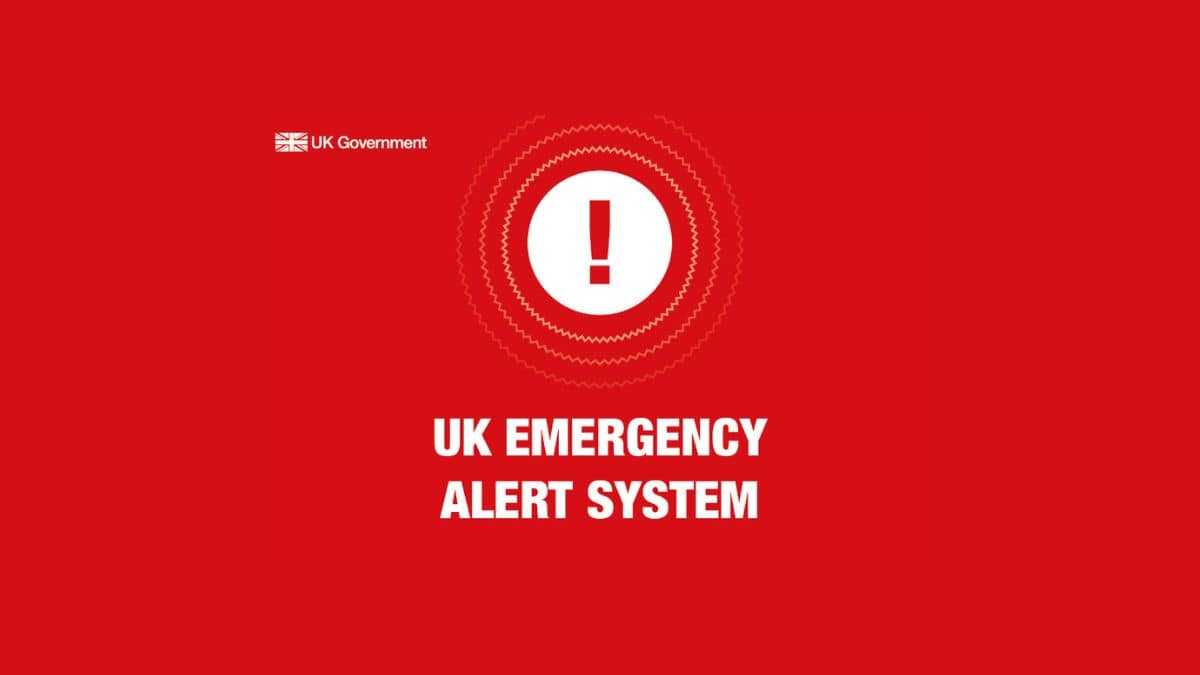
Oct. 16, 2023 – The incident happened years ago, but MaKenna Schmidt, 18, of Otsego, MN, can still recall it in detail. “We were on the bus and this girl said, ‘You look pregnant,’ ” Schmidt remembered. “I was like 8.”
“I was really upset about it. It definitely sticks with me.” She can easily recall other hurtful comments, including a classmate telling her she was fat and another pointing out her stomach was big. “In gym class, we’d have to run the mile. I was always the last. I was very embarrassed.”
Since then, Schmidt has gotten medical help, learned how to eat healthier, and has lost weight. She’s now down 30 pounds, and still trying to lose excess weight.
Today, many other children and teens are likely facing insults similar to those Schmidt remembers. Obesity affects about 14.7 million children and teens, nearly 20% of that age population, according to the CDC. (Children whose weight is at the 95th percentile, compared to other U.S. children of the same age and sex, are classified as obese.) In the U.S., national childhood obesity rates rose from the 1970s into the early 2000s, according to the State of Childhood Obesity, and while the rates have grown more slowly since then, childhood obesity is still a serious public health concern.
While medical experts have viewed the issue as an epidemic and a crisis for years, some are now saying it’s time to focus even more attention on the situation, and to do so earlier rather than later.
- In an opinion piece published recently in the journal Pediatrics, three obesity medicine experts suggest that the U.S. should strongly consider the pros and cons of declaring childhood obesity a public health emergency.
- Earlier this year, the American Academy of Pediatrics issued its first-ever comprehensive guidelines for the evaluation and treatment of children and teens with obesity. It says pediatricians should not follow a “watchful waiting” course, but step in earlier, using options such as newly approved obesity medications when needed. It also stresses that family-based treatment is what works best.
Obese Children, Obese Adults
Letting children with obesity “grow out of it” will likely not work, research shows. In one review of published studies including more than 200,000 people, obese children and adolescents were about five times more likely to be obese as adults than those who weren’t obese as children and teens.
Stepping in more quickly and more intensely, experts said, could save children from a lifetime of obesity, in turn reducing the chances of obesity-related risks such as high blood pressure, high cholesterol, type 2 diabetes, coronary heart disease, stroke, sleep apnea, and osteoporosis.
Childhood Obesity as a Public Health Emergency
Declaring childhood obesity as a public health emergency has not been suggested before, to his knowledge, said Eric Bomberg, MD, an assistant professor of pediatrics at the University of Minnesota and associate director for research informatics at the university’s Center for Pediatric Obesity Medicine. He co-authored the Pediatrics opinion piece. He emphasized that he is, for now, suggesting that experts look at the pros and cons of the idea before moving forward.
Under the Public Health Service Act, the secretary of the U.S. Department of Health and Human Services can declare a public health emergency if a disease or disorder warrants it. “There are definitely arguments for and against,” Bomberg said. “We do know this disease is rampant.”
Among arguments in favor:
- Public health emergencies have been declared for diseases affecting far fewer people, such as the opioid addiction epidemic.
- Emergency declarations have helped in the past for many diseases, including COVID-19.
Among arguments against:
- Resources would be necessary and may divert from other efforts such as opioid addiction.
- Calling the obesity epidemic an emergency might stigmatize weight more.
- The public may view another public health emergency as “one too many,” and not pay much attention.
Bomberg’s bottom line: “I think it should be considered,” but declaring it a public emergency without first suggesting what to do about it and thinking it through thoroughly would not be helpful. “I think it needs further study,” he said.
As the idea gets discussed more, the new guidelines from the American Academy of Pediatrics “have absolutely moved things in the right direction,” Bomberg said.
Academy Guidelines: ‘Watchful Waiting’ Discouraged
These first comprehensive guidelines highlight evidence that obesity treatment is safe and works well, urging pediatricians to act sooner rather than later.
“There is no evidence that ‘watchful waiting’ or delayed treatment is appropriate for children with obesity,” Sandra Hassink, MD, a guideline co-author and vice chair of the academy’s Clinical Practice Guideline Subcommittee on Obesity, said in a news release.
Doctors should consider prescribing weight loss medications, such as semaglutide (Wegovy), to those ages 12 and above with obesity, taking into account weight, risks, and benefits, to supplement lifestyle treatments, the guidelines say.
The suggestion to opt for weight loss drugs didn’t sit well with some doctors, Bomberg said. But Schmidt, the college freshman who remembers being insulted about her weight, said they have worked for her.
She’s on semaglutide now, and she credits it with helping her lose 30 pounds. At her highest weight, she said, she was at 223 pounds. Now at 190, she is moving from being classified as obese to overweight.
Bomberg recalled another patient who had followed diet and exercise plans without enough success, then added an obesity medication. He lost more than 50 pounds in about 3 months. “When I saw him yesterday, his mother was literally crying,” he said.
Family-Centered Approach
Taking a family-centered approach to weight loss, long recommended, is still important, according to the guidelines. One such program that includes family is the Healthy Weight Clinic at Children’s Hospital Los Angeles, which evaluates children as young as 2.
The approach is compassionate. “We want parents to know that it is not their fault that their child is living in a larger body,” said Alaina Vidmar, MD, a pediatric endocrinologist and obesity medicine specialist who is medical director of the Healthy Weight Clinic. “This is a medical condition, and we are here to support them and provide their child all the tools they need to live a long and healthy life.”
“We provide tips around nutrition, and we really approach food as medicine,” she said. Advice on activities, obesity medications, and referrals to obesity surgery are also part of the program, Vidmar said. “We have to remember there is no cure for pediatric obesity. The goal of treatment is not the number on the scale or the size of the body. The goal is to help these young people live long, healthy lives and prevent life-limiting complications.”
The nutrition tips are often needed by working parents, who find that getting a healthy dinner on the table nightly can seem impossible. Schmidt said she grew up with her sister and their mother, a single parent, and their grandmother often cared for them.
Schedules were busy. “We’d often eat fast food for dinner or have my grandmother make something easy and cheap.” Both her mother and grandmother struggled with weight issues, she said, and now her younger sister does. Now that she’s in college, Schmidt said, she has more control over food choices and has learned how to choose healthier options.
Experts Weigh In
Neither the American Academy of Pediatrics nor the Obesity Society has a stand on whether childhood obesity should be declared a public health emergency.
The main goal, for now, “is to stimulate conversation about pediatric obesity and to frame it in a way people aren’t used to,” said Aaron Kelly, PhD, co-chair of the Obesity Society’s Pediatric Obesity Treatment Task Force, a professor of pediatrics, and co-director of the University of Minnesota Center for Pediatric Obesity Medicine. There must be more awareness and conversation, he said.
Lifelong Effort
After educating herself on obesity as a medical condition, Schmidt said she knows her efforts for weight control have to be ongoing. “I feel like it’s a work in progress,” she said of her weight loss, “but I am definitely getting to a better spot.”
Her resolve is obvious. “I am always going to have to work on it,” she said.






